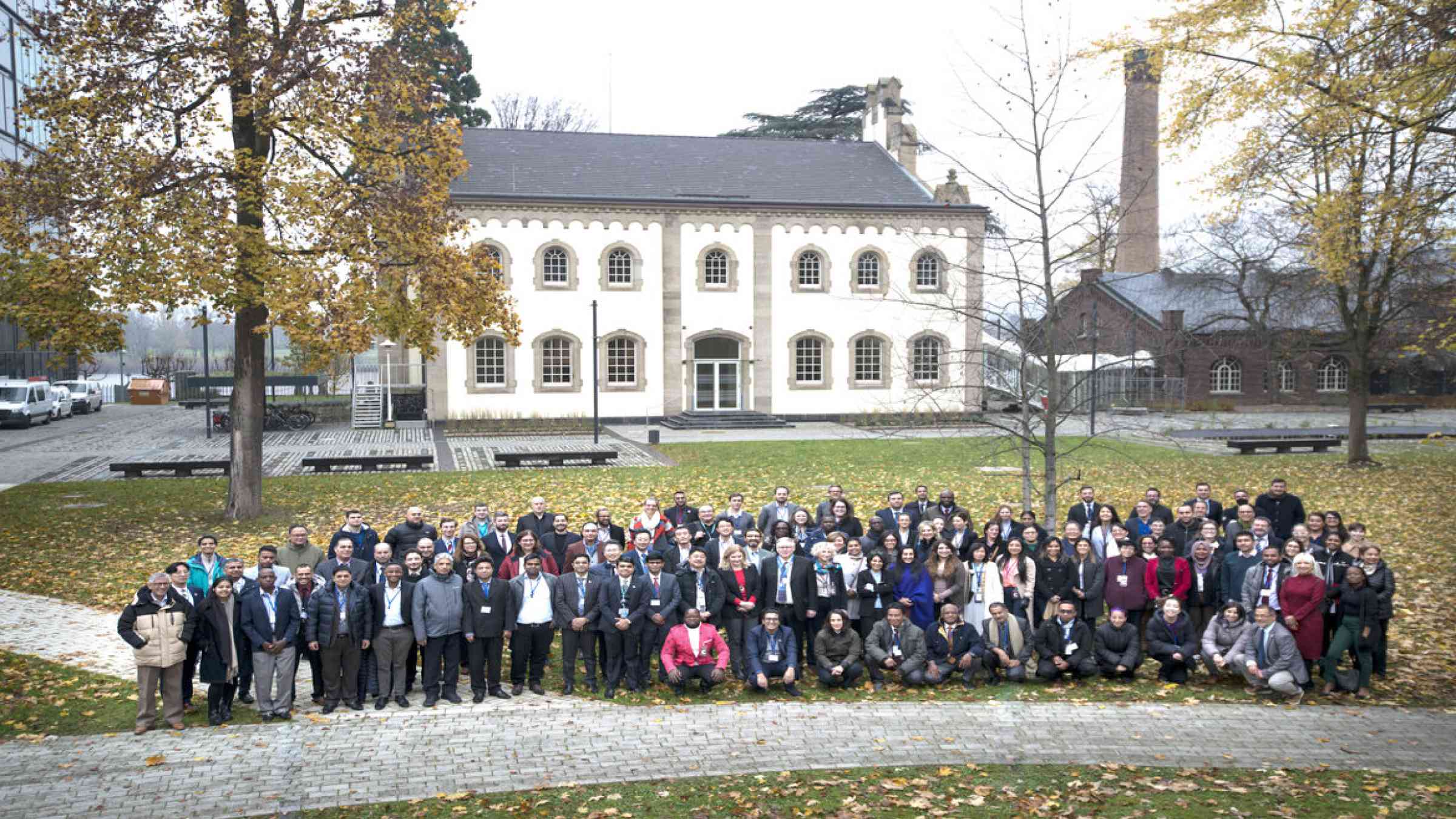
BONN, 2 December 2022: Three UN agencies are working together to develop a new tracking system for disaster impacts following agreement at COP27 on a global loss and damage fund to provide assistance to developing nations suffering from the impact of climate change.
UNDP, the World Meteorological Organization and the UN Office for Disaster Risk Reduction committed this week to a consultative process which will see the new system in place next year with a prototype ready for testing by April 2023.
The news was announced by the head of the UNDRR Bonn Office, Mr. Animesh Kumar, at the conclusion of a two-day Technical Forum which brought together over 100 disaster managers, meteorologists and development experts from some 40 countries and 50 international organizations.
Mr. Kumar said: ‘At the end of the Forum, participants agreed that there is a critical need to develop a next generation hazardous events and disaster losses and damages tracking system building on existing systems such as Desinventar which has been in place since 1994.
‘This is an exciting and ambitious project. As part of this roadmap, the three organisations will consider all the recommendations made at the Forum, and also publish a think-piece, including a framework for capacity development to guide future discussion.’
The development road map includes six regional ‘kick-off’ meetings to be organized next year by WMO, upon approval of the cataloguing of hazardous events in March 2023, in collaboration with UNDP and UNDRR which will bring together National Disaster Management offices and National Meteorological and Hydrological Services.
At the opening of the Technical Forum, the Deputy Head of the UN Bonn Liaison Office for the German Federal Foreign Office, Ms Petra Stöckl, said: “Disaster risk reduction finds itself at the centre of some of today’s most important debates. That losses and damages arise from disasters is indisputable. Tracking of losses and damages is hence not only important for compensation, but also to have a scientific basis to build our policies. “
Participants discussed the current systems to track disaster losses and damages, in particular, the DesInventar. With technical assistance from UNDRR and UNDP, 110 UN Member States now have national disaster loss databases. Several countries presented their current system of tracking hazardous events and disaster impacts.
Other disaster impact recording databases were also discussed including the International Disaster Database (EM-DAT) of the Centre for Research on the Epidemiology of Disasters, the Global Crisis Databank of the International Federation of Red Cross and Red Crescent Societies, the Risk Data Hub of the European Commission.
Risk data aggregators like the Risk Information Exchange (RiX) by UNDRR and the GeoData Hub by UNDP were also presented.
Participants agreed to build off a widely used losses and damages tracking system like the DesInventar, and the WMO-led cataloguing of hazardous event, but with the need to address three critical data parameters to be able to systematically record and track hazardous events and losses and damages: data governance, data standards and data architecture.
Connecting data collection and analytical products with end use and effective action was considered a critical component of the process.
Participants highlighted the need for better understanding of the extent and dimension of losses and damages in the context of assessing progress in resilience-building, to inform Early Warnings for All, and to calibrate risk models for risk-informed planning and decision-making.